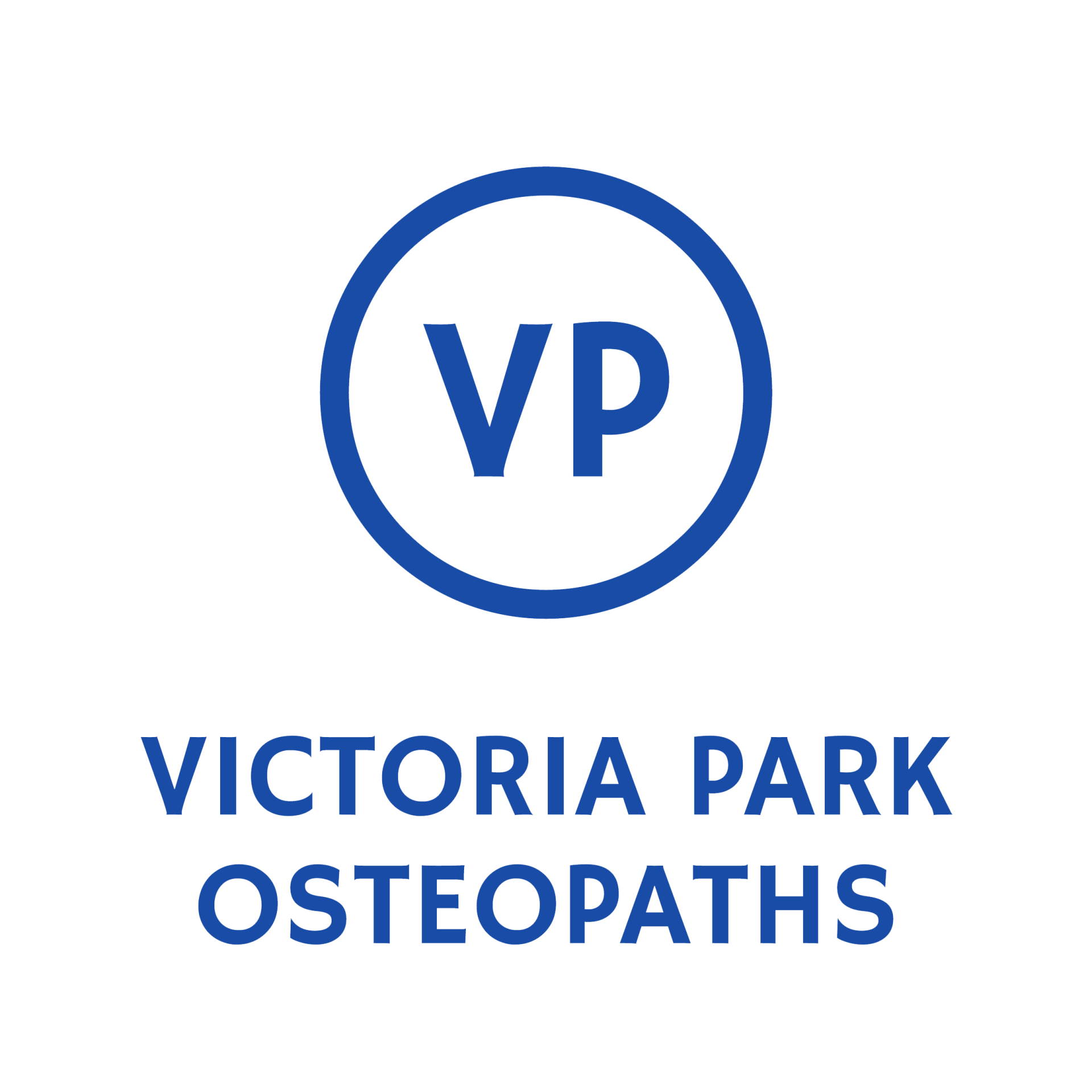What is Osteoporosis?
Osteoporosis is a condition where bones become weaker, less dense, and more fragile, increasing the risk of fractures even from minor bumps, twists, or falls. It develops gradually over time as the balance between bone breakdown and bone formation shifts.
It most commonly affects the
spine, hips, and wrists, but any bone can be involved. People often don’t know they have osteoporosis until a fracture occurs.
Symptoms & What You May Experience
Osteoporosis itself does not usually cause pain unless a fracture has occurred. You may notice:
- Sudden pain after a minor fall or movement (often in the spine, hip, or wrist)
- Loss of height over time
- Curved upper back or stooped posture (kyphosis)
- Reduced mobility or confidence moving
- Fragility fractures (e.g. from coughing, bending, or small impacts)
Some people may have ongoing discomfort after spinal compression fractures.
What causes Fibromyalgia?
Bone density naturally decreases with age, but certain factors increase the risk:
- Ageing, especially over 50
- Menopause and reduced oestrogen levels
- Family history of osteoporosis or fractures
- Low body weight or poor nutrition
- Low calcium or vitamin D levels
- Sedentary lifestyle or long periods of immobility
- Smoking or high alcohol intake
- Long-term steroid medication use
- Medical conditions such as rheumatoid arthritis, coeliac disease, thyroid dysfunction
Bone density scans (DEXA) can confirm the diagnosis.
How We Help (At Victoria Park Osteopaths)
While osteoporosis cannot be reversed, proactive treatment can improve strength, mobility, and fracture prevention. We can support you through:
- Gentle manual therapy to reduce stiffness and improve joint mobility
- Postural work to support alignment and reduce vertebral strain
- Targeted strengthening exercises, especially for the hips, spine, and legs
- Balance and fall-prevention training
- Weight-bearing and resistance exercise plans suited to your ability
- Advice on daily movement, lifting, and joint protection
- Education on bone health, pacing, and confidence in movement
- Collaboration with your GP regarding medication, scanning, or supplements
Our approach is safe, graded, and adapted to your comfort and fracture risk.
Recovery Time & What to Expect
- Osteoporosis is a long-term condition, but symptoms and fracture risk can be managed
- Strengthening and postural work can reduce pain and improve mobility over weeks to months
- Ongoing exercise and lifestyle changes slow further bone loss
- Most people can stay active with the right guidance and confidence
When to Seek Medical Review / Red Flags
You should speak to a GP or specialist if you experience:
- Sudden, severe, or unexplained back pain
- Pain after a minor fall or twist
- Noticeable height loss or spinal curvature
- Fractures without major trauma
- New nerve symptoms (numbness, tingling, weakness)
Medical investigation may involve bone density scanning, blood tests, or medication review.


